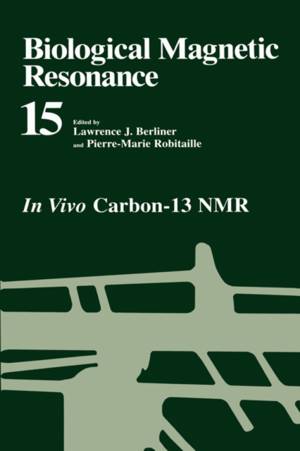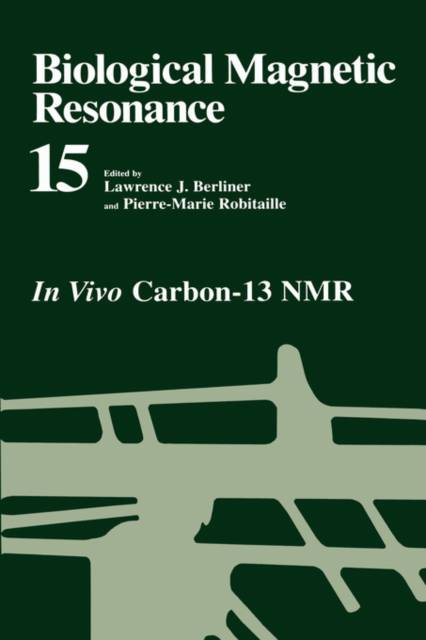
- Afhalen na 1 uur in een winkel met voorraad
- Gratis thuislevering in België vanaf € 30
- Ruim aanbod met 7 miljoen producten
- Afhalen na 1 uur in een winkel met voorraad
- Gratis thuislevering in België vanaf € 30
- Ruim aanbod met 7 miljoen producten
Zoeken
In Vivo Spectroscopy
€ 279,45
+ 558 punten
Omschrijving
In vivo nuclear magnetic and electron spin resonance spectroscopy is concerned, inter alia, with the noninvasive observation of metabolic changes in living systems, including animals and humans. Typically, the physiologi- cal (or pathological) state of an organ or tissue is monitored. This multi- faceted approach was developed during the 1980s. It is still a research technique, but will undoubtedly become a clinical tool. We are proud to present this volume (the eleventh of our series) in which some of the pioneers in this area summarize their contributions and review related literature. Bolinger and Lenkinski describe a variety of localization methods suitable for clinical applications of NMR spectroscopy. Schleich, Caines, and Rydzewski summarize their contributions to approaches involving off-resonance rotating frame relaxation and critically compare these with other NMR techniques that may yield similar information. Chang and James outline their approach and share their experience with the technical aspects 1 31 of H and P NMR spectroscopy and spatially localized spectroscopy in studies of brain ischemia. Sodium plays an important role in living systems, a key aspect being the large gradient between intra- and extracellular concentrations of sodium that is maintained by a variety of transport mechanisms. Miller and Elgavish give us a comprehensive review of an important research tool in this 23 area- Na NMR spectroscopy as aided by shift reagents.
Specificaties
Betrokkenen
- Uitgeverij:
Inhoud
- Aantal bladzijden:
- 334
- Taal:
- Engels
- Reeks:
- Reeksnummer:
- nr. 11
Eigenschappen
- Productcode (EAN):
- 9780306442766
- Verschijningsdatum:
- 31/12/1992
- Uitvoering:
- Hardcover
- Formaat:
- Genaaid
- Afmetingen:
- 156 mm x 234 mm
- Gewicht:
- 666 g

Alleen bij Standaard Boekhandel
+ 558 punten op je klantenkaart van Standaard Boekhandel
Beoordelingen
We publiceren alleen reviews die voldoen aan de voorwaarden voor reviews. Bekijk onze voorwaarden voor reviews.







